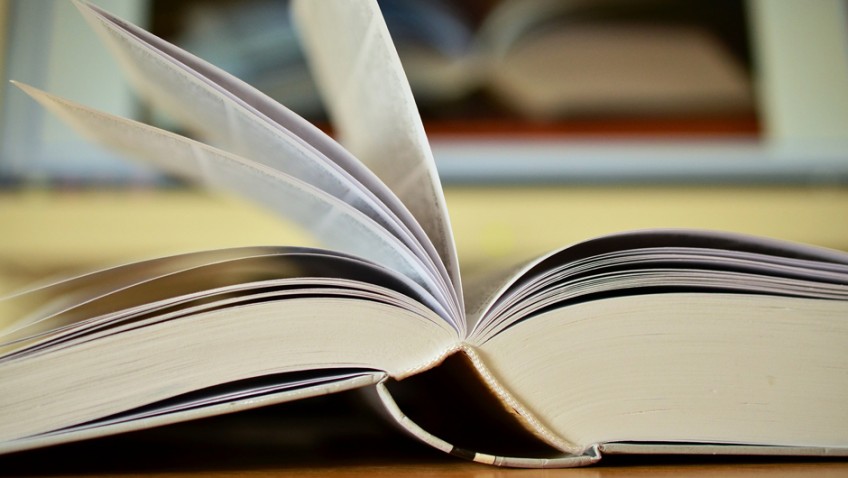Robert Tanitch reviews two books on art and photography
Hokusai Beyond The Great Wave (Thames & Hudson (£35).

His masterpiece, constantly quoted, imitated and parodied, is The Great Wave (1831) whose immense water, and monster like spray in blue and white, dwarfs two tiny boats and even the sacred Mt Fuji. Hokusai was a commercial artist and for as little more than the price of a double-helping of noodles anyone in Edo could purchase an imprint.
There are Thirty-Six Views of Mt Fuji, dramatic in itself and a permanent presence in his meticulously observed panoramas of pilgrims, farmers, foot-soldiers and Samurai horsemen. His Tours of Waterfalls, fantastic, idiosyncratic, his Wondrous One Hundred Bridges and his One Hundred Poems by One Hundred Poets, are equally appealing. His portraits of bandits, generals, priests, ghosts and his depiction of flowers and birds (morning glory, weeping cherry and bullfinch, magnolia, cormorant, hawk, carp in waterfall and cockerels and hens) are a rich delight.
For those who have seen and indeed for those who have not seen the exhibition at the British Museum, this collection of brush paintings, drawings, woodblock prints and illustrated books will be invaluable.
North Sea A Visual Anthology (Thames & Hudson £32).

An airship looms large. Women clean fish in Yarmouth in 1948. Belgian children cavort on the beaches in 1929. A father buries a child in sand. A Dutch family picnic in the surf in 1952. German soldiers bathe naked in the sea in World War 1. There’s cricket on a misty beach.
There are poems by Wordsworth, Lewis Carroll, James Joyce, Thomas Mann, Rudyard Kipling, Emily Dickinson, Walt Whitman, Keats, Bob Dylan and Yeats, paintings by Turner, Ensor and Ferdinand Schauss and photographs of stacked containers and beach huts and steps which look like art works. A group of men in 1935 trying to push a boat back into the sea lmight be models waiting for Rodin to sculpt them. A 1904 married couple take their pose from Caspar David Friedrich. Meanwhile Harry Gruyaert and Cedric Darin create mysterious moody images for film noir melodramas.
To learn more about Robert Tanitch and his reviews, click here to go to his website


